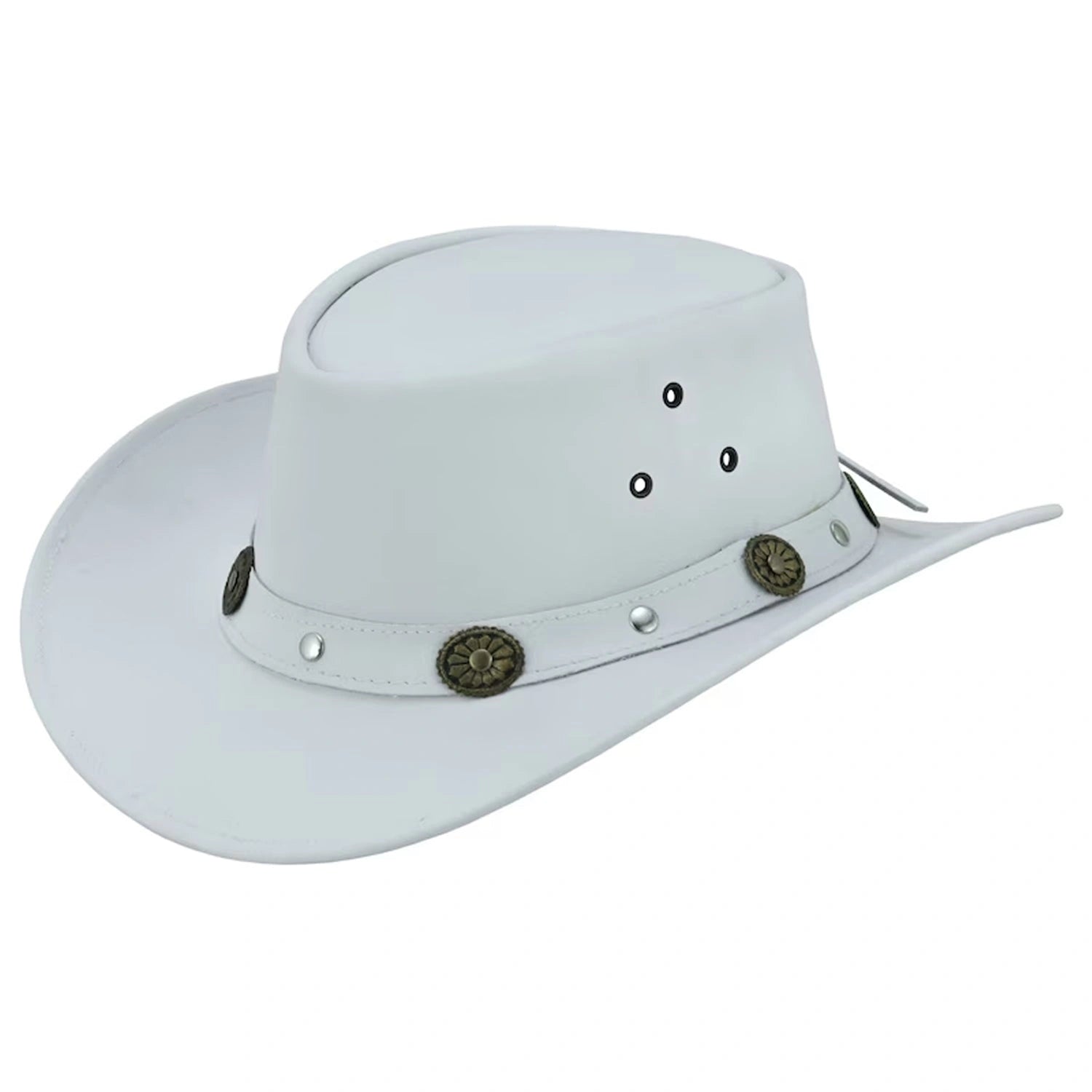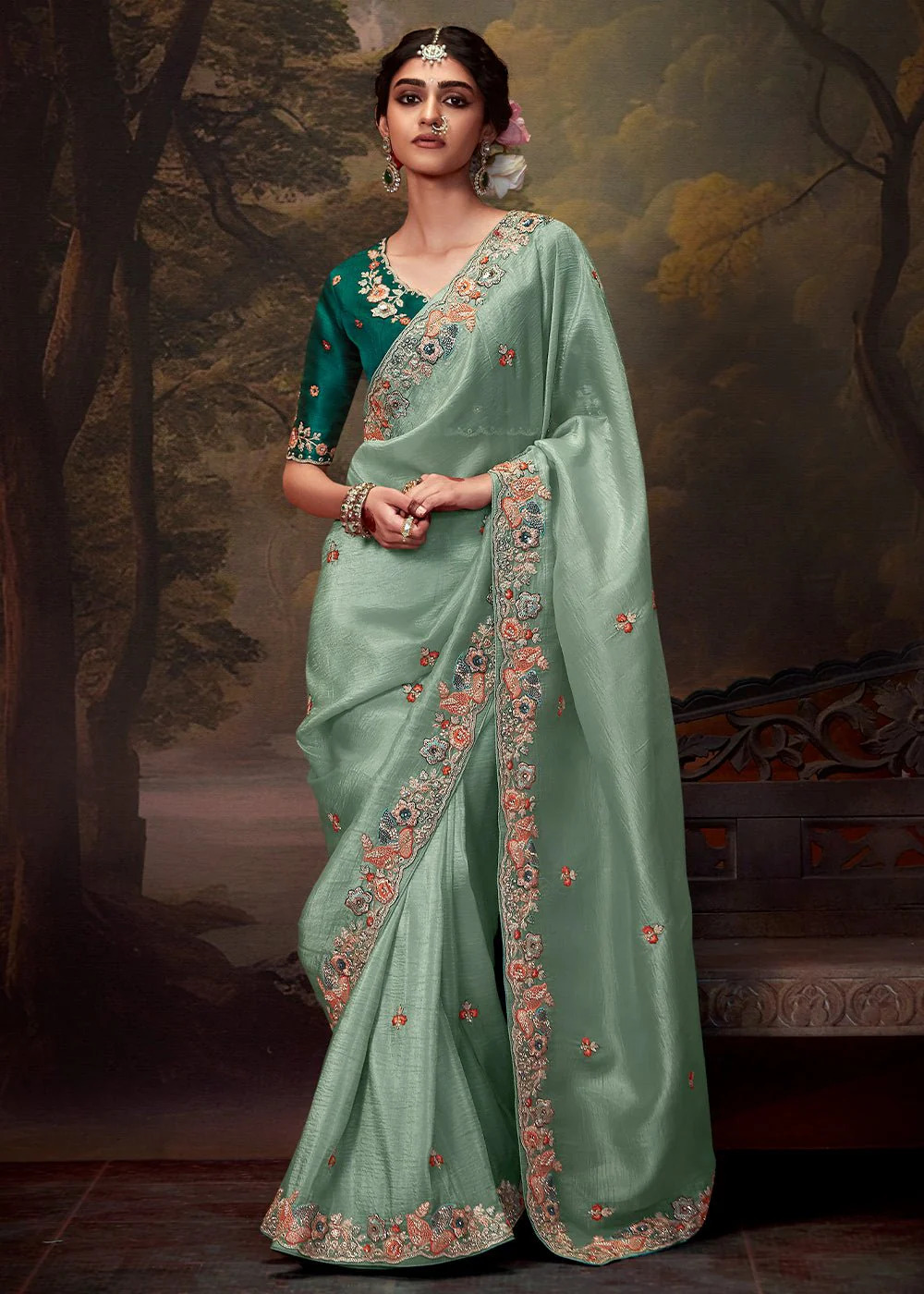Introduction
Embroidery has always been a timeless craft, but in recent years, digitizing has transformed it into a modern art form that combines creativity with technology. Embroidery digitizing is the process of converting artwork into digital files that embroidery machines can read and stitch with precision. As we step into 2025, businesses, hobbyists, and fashion industries are actively searching for the best embroidery digitizing methods to achieve accuracy, efficiency, and uniqueness in their projects.
This article will guide you through the world of embroidery digitizing, covering techniques, trends, and practices that define what “best” really means in today’s digital crafting industry.
What Makes Embroidery Digitizing “Best”
The term best embroidery digitizing is not just about converting images into stitch files. It represents a combination of quality, innovation, and functionality. The best digitizing practices include:
- Clean stitch paths with no unnecessary jumps.
- Proper use of underlay stitches to stabilize the design.
- Balanced density to avoid thread breaks.
- Scalable designs that look good on both small and large formats.
- Creative use of colors and textures to enhance fabric appeal.
When these elements come together, embroidery digitizing reaches its highest potential.
Why 2025 Demands the Best Embroidery Digitizing
The embroidery industry in 2025 is different from what it was even a few years ago. Growing demand for personalization, sustainable fashion, and advanced machine technologies requires digitizers to adopt modern techniques. High-resolution logos, complex gradients, and textured fabrics are more common than ever. To stand out, companies and individuals need the best embroidery digitizing approaches that deliver both speed and creativity.
Key Practices in the Best Embroidery Digitizing
1. Mastering Stitch Types
Different stitch types create different effects. A digitizer who understands where to use satin stitches, fill stitches, or running stitches can create designs that stand out. For example:
- Satin stitches provide shine for logos and letters.
- Fill stitches add depth to larger designs.
- Running stitches work well for outlining or fine detailing.
2. Balancing Density
Too much density can cause thread breakage and fabric puckering. The best embroidery digitizing carefully balances density to maintain durability without compromising aesthetics.
3. Choosing the Right Underlay
Underlay stitches are the foundation of digitizing. They prevent designs from sinking into the fabric and give the top stitches a clean look. Using edge-walk underlay for satin or zig-zag underlay for fills makes designs sharper and longer-lasting.
4. Fabric-Specific Digitizing
What works on denim may not work on silk. The best embroidery digitizing considers fabric type before planning stitch direction, pull compensation, and underlay. A digitized design optimized for one fabric may need adjustments for another.
5. Optimizing Color Blending
In 2025, gradients and multi-colored designs are in high demand. Effective color blending through stitch layering creates smooth transitions and realistic effects that elevate embroidery beyond basic stitching.
Tools and Software Behind the Best Embroidery Digitizing
While skill plays a huge role, advanced tools and software support digitizers in delivering precision. Leading programs include professional digitizing software that provides automated features like stitch simulation, density adjustment, and real-time preview. These tools ensure that designs are tested virtually before being stitched, saving time and material costs.
The best embroidery digitizing tools not only speed up workflow but also allow creativity to flourish with advanced editing options.
Common Challenges and How the Best Practices Solve Them
Challenge 1: Thread Breakage
Best Practice: Optimize density, use correct underlay, and match thread type to fabric.
Challenge 2: Design Distortion
Best Practice: Apply proper pull compensation and adjust stitch angles.
Challenge 3: Scaling Issues
Best Practice: Create scalable designs with adaptable stitch settings instead of resizing without adjustments.
Challenge 4: Time Consumption
Best Practice: Use modern digitizing software with automation features while maintaining manual control for accuracy.
Industry Applications of Best Embroidery Digitizing
1. Fashion Industry
Brands use embroidery to enhance luxury clothing, and digitizing allows precise placement of logos and patterns.
2. Sports Apparel
Team logos require durability and clarity. Best embroidery digitizing ensures designs withstand frequent washing and wear.
3. Corporate Branding
Companies rely on digitized logos for uniforms, caps, and promotional items. Consistency in branding depends on accurate digitizing.
4. Personalized Products
Custom embroidery for gifts and accessories thrives on creativity and flawless execution, possible only through professional digitizing.
5. Home Décor
Digitizing enables creative patterns on curtains, cushions, and table linens, blending tradition with modern style.
Future Trends in Best Embroidery Digitizing
1. AI-Assisted Digitizing
Artificial intelligence is making its way into digitizing, automating repetitive tasks while leaving creative decisions to the digitizer.
2. 3D Puff Embroidery
Designs with raised surfaces are becoming popular, requiring specialized digitizing for puff foam applications.
3. Sustainable Embroidery
Eco-friendly threads and fabrics require optimized stitch techniques to reduce waste without sacrificing quality.
4. Hyper-Personalization
From initials on luxury goods to intricate custom patches, demand for personalized embroidery pushes digitizing innovation forward.
5. Smart Machines Integration
New embroidery machines in 2025 integrate directly with digitizing software, ensuring seamless workflow and fewer errors.
Expert Tips for Achieving the Best Embroidery Digitizing
- Always test a design on scrap fabric before final production.
- Keep stitch paths logical to reduce machine jumps.
- Store designs with proper labels for future scalability.
- Stay updated with software features and industry trends.
- Focus on both aesthetics and functionality to deliver professional results.
Frequently Asked Questions
Q1: What does “best embroidery digitizing” mean in practice?
It means creating stitch files that are optimized for clarity, durability, and creativity while ensuring they run smoothly on embroidery machines.
Q2: How do I know if my embroidery design is well digitized?
Check for clean stitch paths, balanced density, minimal thread breaks, and scalability across different sizes and fabrics.
Q3: Can beginners achieve the best embroidery digitizing results?
Yes, with the right software, consistent practice, and an understanding of stitch types and fabrics, beginners can gradually achieve professional results.
Q4: What is the future of embroidery digitizing?
The future includes AI-driven tools, sustainable practices, and highly personalized embroidery that caters to both individuals and industries.
Conclusion
Embroidery digitizing is no longer just a technical process. In 2025, it has become a creative and professional skill that blends artistry with technology. The best embroidery digitizing practices focus on precision, fabric compatibility, scalability, and innovation. Whether you’re a business aiming for brand consistency or a hobbyist creating unique designs, mastering digitizing will set you apart in today’s competitive world of embroidery.
By adopting these modern techniques, tools, and tips, you’ll not only improve the quality of your work but also embrace the future of embroidery with confidence.


